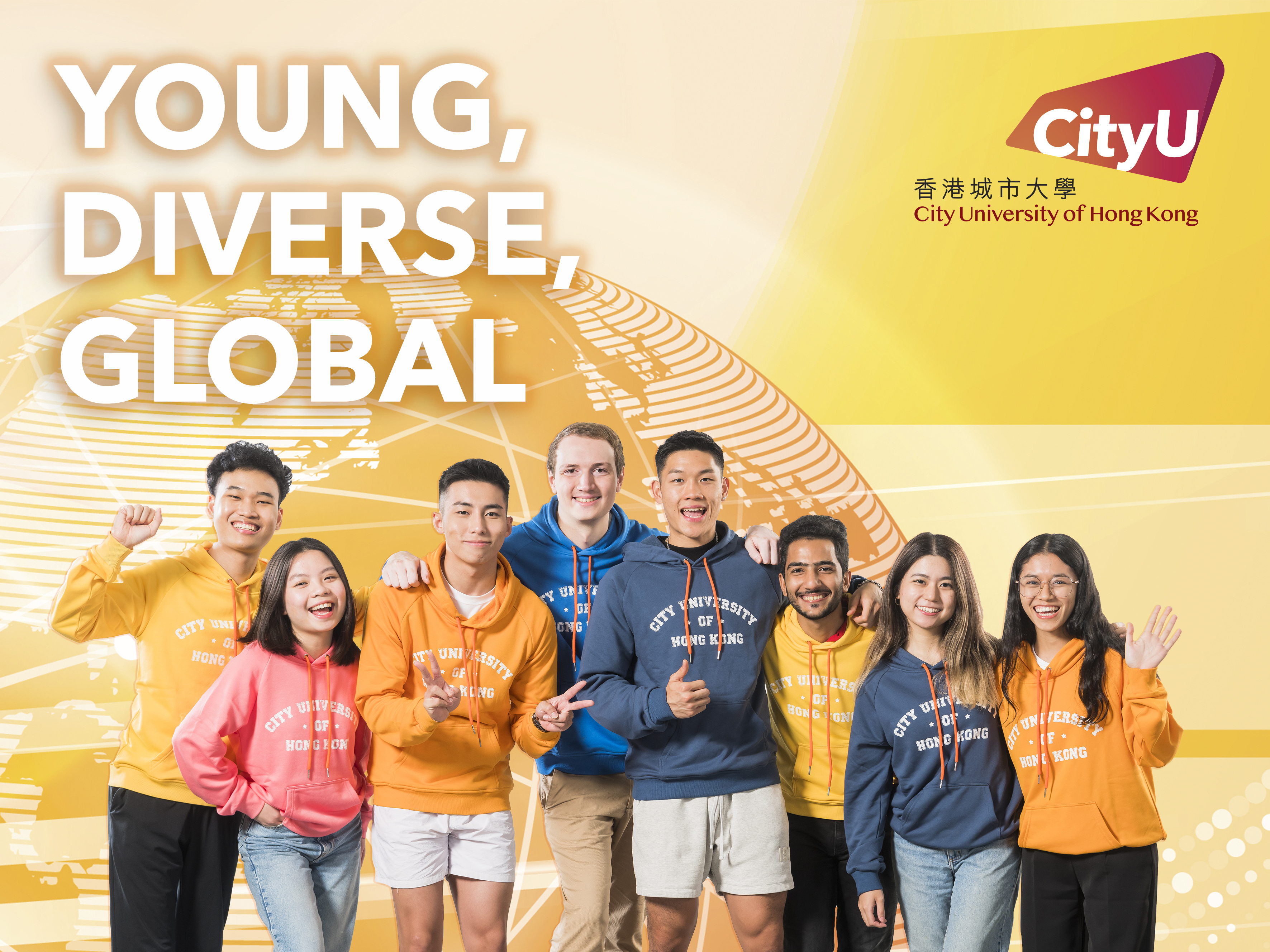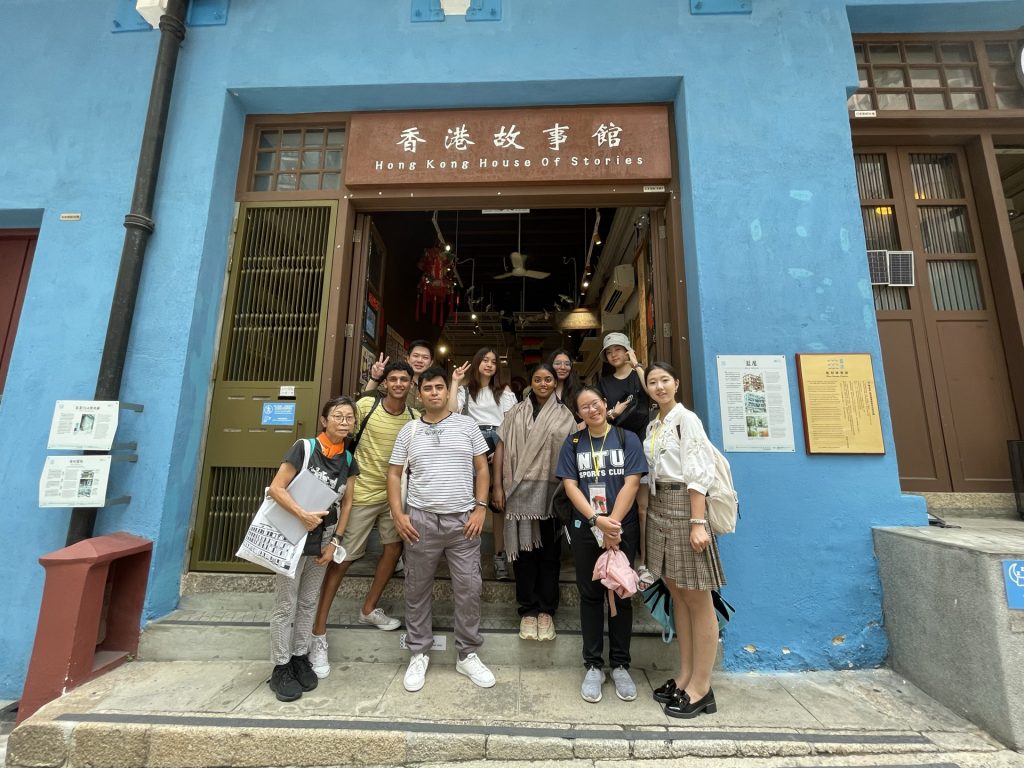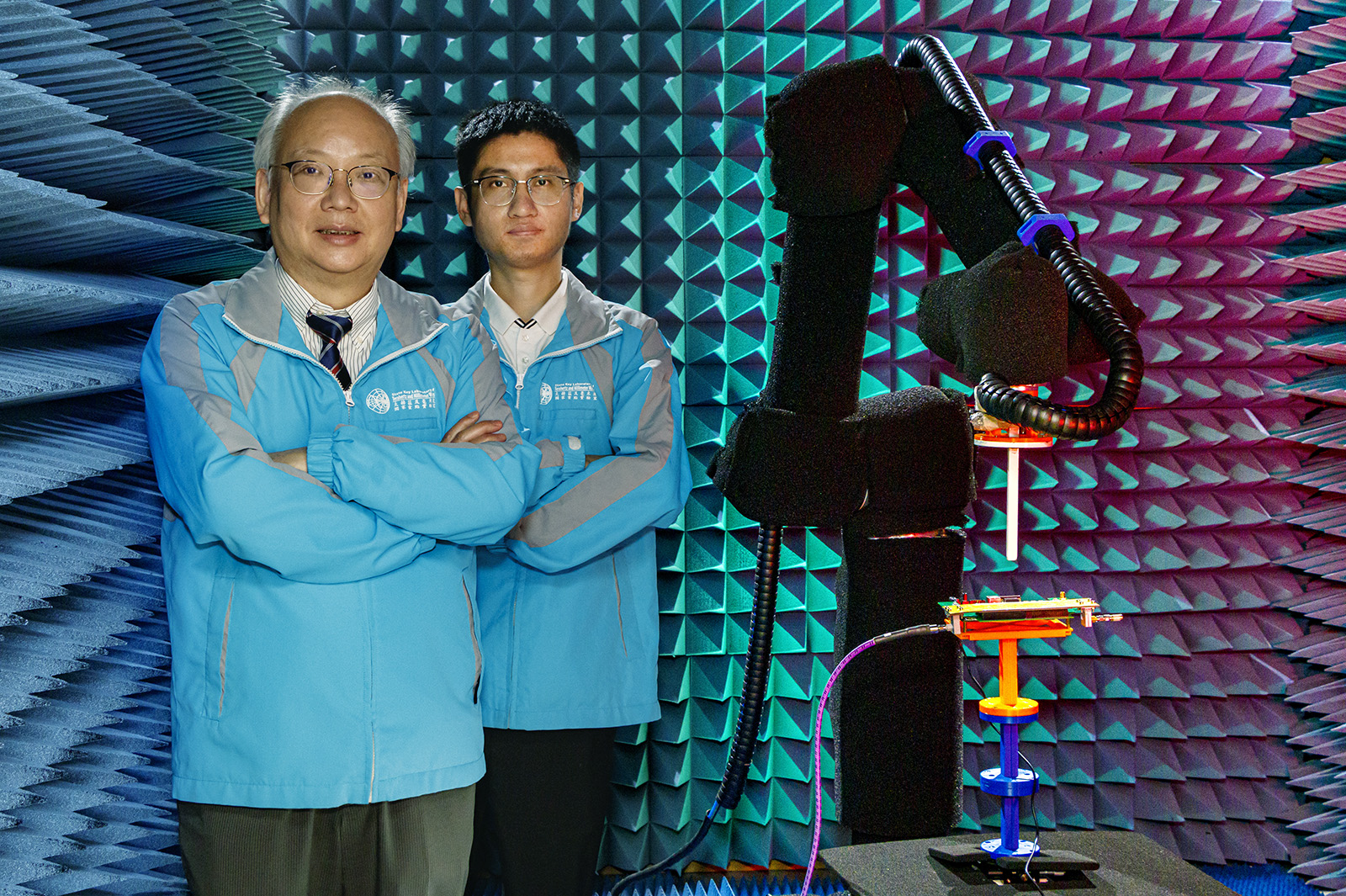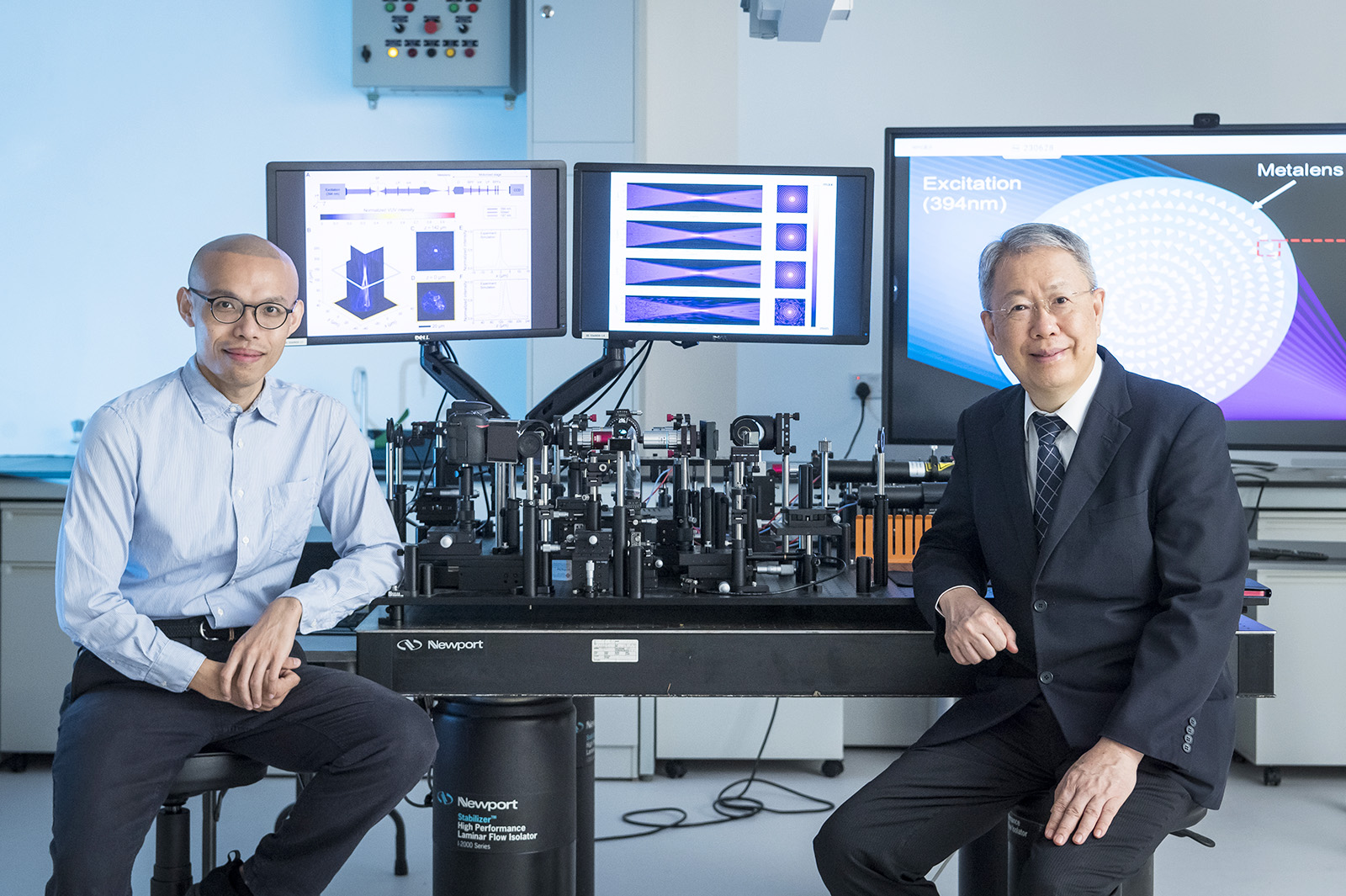A host of fresh partnerships sees City University of Hong Kong (CityUHK) strengthening its position at the forefront of international outreach. By partnering with influential global institutions, CityUHK is expanding opportunities for innovative learning and research, reinforcing its commitment to academic excellence.
Building bridges to Belgium
A new cooperative relationship with KU Leuven’s Science, Engineering and Technology Group marks a substantial milestone in our European connections. Founded in 1425, KU Leuven is the world’s oldest Catholic university and Belgium’s highest-ranked institution. The feasibility of developing joint bachelor’s degree programmes and facilitating faculty exchanges, visiting scholars and post-doctoral fellows are the critical points of an MoU signed on 27 August 2024 by CityUHK’s President, Professor Freddy Boey, and the Rector of KU Leuven, Professor Luc Sels.
This MoU will make exploring cooperative education programmes possible, especially in digital medicine, biochemical engineering, mechanical engineering, and health technology.
“We are very excited to collaborate with the Science, Engineering and Technology Group at KU Leuven,” said President Boey. “This partnership demonstrates our dedication to forging dynamic alliances with global partners in keeping with our reputation as one of the most international universities in the world. We look forward to joining hands with this Group at KU Leuven to promote inspirational, interactive, and innovative learning and world-class research.”
Strengthening humanities ties with Milan
In another strategic move, an MoU between CityUHK’s College of Liberal Arts and Social Sciences and POLIMI Graduate School of Management in Milan signed on 15 July 2024 turns attention to faculty exchanges, customised education programmes, and joint degree offerings, a partnership sure to enhance the educational experiences of students and faculty at both institutions.
Cooperating with the Russell Group
Initiatives that address global challenges through knowledge exchange and research with top UK universities have also created a recent buzz. Programmes that enable academic visits feature in a partnership with the University of Cambridge through Lucy Cavendish College, while ties with Cambridge’s Department of Engineering and Department of Chemical Engineering and Biotechnology offer excellent research and exchange opportunities for CityUHK and Cambridge students. Alliances have also been significantly deepened with other Russell Group universities such as the University of Exeter and the University of Glasgow.
Journeying out to France, South Africa, and Kazakhstan
From east to west, and north to south, CityUHK is embracing diversity, globalisation and interconnectivity. Freshly minted agreements with CentraleSupélec, Paris-Saclay University in France, and the University of Johannesburg in South Africa have diversified CityUHK’s international engagements, opening new avenues for academic and cultural exchange. Meanwhile, a unique alliance with Satbayev University (SU) enhances teaching, learning, and research with the support of Kazakhstan’s Ministry of Science and Higher Education. Additionally, this alliance will see the establishment of a CityUHK research institute at SU to promote interdisciplinary studies.
These ventures offer unparalleled opportunities for CityUHK students and faculty to advance their careers and engage with leading academic peers worldwide and will foster, we hope, a shared innovative mindset.















